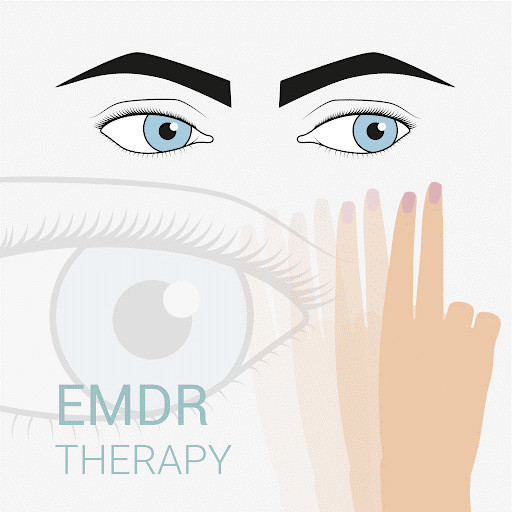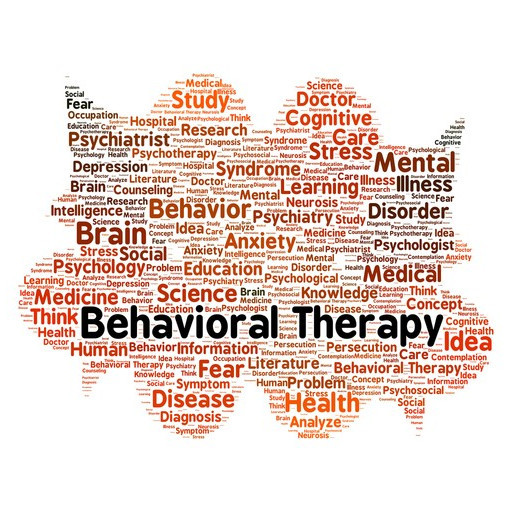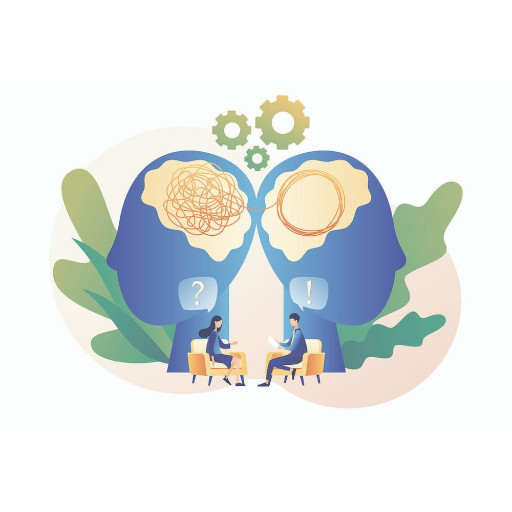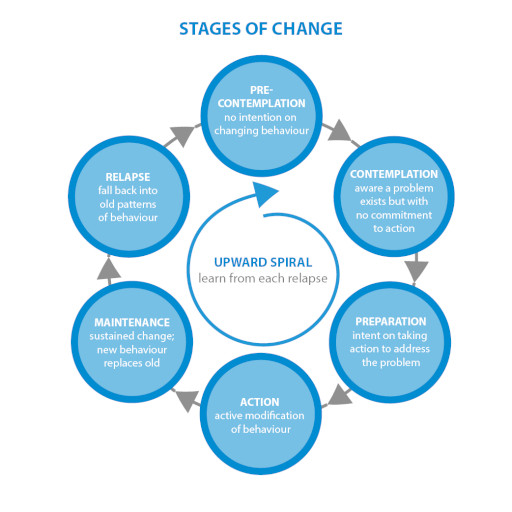Services

EMDR Therapy
Therapy uses bilateral stimulation to activate memory networks shifting maladaptive memories to adaptive and assisting clients to overcome trauma, anxieties, depression, phobia, addiction, and more.

Behavioral Therapy
Neurodivergence and challenging behaviours can be difficult to manage. I provide practical and therapeutic responses to supporting change and strategies to support management.

Counselling
I draw from a range of Social Work and Psychological therapeutic intervention. Including Cognitive Behavioural Therapy, and aspects of DBT and ACT, with a focus on solutions aimed at providing quality, tailored intervention for managing a range of complex issues.

Behaviour Change Program
A 10-week program that supports people who use violence and coercive control in their relationships and families to change their attitudes, values, and behaviours to support a better quality of life.

Conflict Resolution Counselling
Mediation Counselling is a facilitative process where people can resolve their conflict in a meaningful and productive way. This could be within relationships or within the community.

EAP Counselling
Employment Assistance Programs (EAPs) offer counselling to help employees address personal or work-related challenges, improving their well-being and productivity. EAP counselling focuses on areas like mental health, workplace issues, career transitions, personal life concerns, and addiction.


EMDR Therapy, What is it?
EMDR (Eye Movement Desensitization and Reprocessing) is a psychotherapy that enables people to heal from the symptoms and emotional distress that are the result of disturbing life experiences. Repeated studies show that by using EMDR therapy people can experience the benefits of psychotherapy that once took years to make a difference. It is widely assumed that severe emotional pain requires a long time to heal. EMDR therapy shows that the mind can in fact heal from psychological trauma much as the body recovers from physical trauma. When you cut your hand, your body works to close the wound. If a foreign object or repeated injury irritates the wound, it festers and causes pain. Once the block is removed, healing resumes. EMDR therapy demonstrates that a similar sequence of events occurs with mental processes. The brain’s information processing system naturally moves toward mental health. If the system is blocked or imbalanced by the impact of a disturbing event, the emotional wound festers and can cause intense suffering. Once the block is removed, healing resumes. Using the detailed protocols and procedures learned in EMDR therapy training sessions, clinicians help clients activate their natural healing processes.
More than 30 positive controlled outcome studies have been done on EMDR therapy. Some of the studies show that 84%-90% of single-trauma victims no longer have post-traumatic stress disorder after only three 90-minute sessions. Another study, funded by the HMO Kaiser Permanente, found that 100% of the single-trauma victims and 77% of multiple trauma victims no longer were diagnosed with PTSD after only six 50-minute sessions. In another study, 77% of combat veterans were free of PTSD in 12 sessions. There has been so much research on EMDR therapy that it is now recognized as an effective form of treatment for trauma and other disturbing experiences by organizations such as the American Psychiatric Association, the World Health Organization and the Department of Defence.
Given the worldwide recognition as an effective treatment of trauma, you can easily see how EMDR therapy would be effective in treating the “everyday” memories that are the reason people have low self-esteem, feelings of powerlessness, and all the myriad problems that bring them in for therapy. Over 100,000 clinicians throughout the world use the therapy. Millions of people have been treated successfully over the past 25 years.
EMDR therapy is an eight-phase treatment. Eye movements (or other bilateral stimulation) are used during one part of the session. After the clinician has determined which memory to target first, he asks the client to hold different aspects of that event or thought in mind and to use his eyes to track the therapist’s hand as it moves back and forth across the client’s field of vision. As this happens, for reasons believed by a Harvard researcher to be connected with the biological mechanisms involved in Rapid Eye Movement (REM) sleep, internal associations arise, and the clients begin to process the memory and disturbing feelings. In successful EMDR therapy, the meaning of painful events is transformed on an emotional level.
(EMDR Institute 2020, ‘What is EMDR?’, EMDR Institute Incorporated (Eye Movement Desensitization and Reprocessing), https://www.emdr.com/what-is-emdr/)

Providing Employment Assistance Program (EAP) Counselling
Employment Assistance Programs (EAPs) offer counselling to help employees address personal or work-related challenges, improving their well-being and productivity. EAP counselling focuses on areas like mental health, workplace issues, career transitions, personal life concerns, and addiction.
Key Areas of EAP Counselling:
- Mental Health: Supporting employees with stress, anxiety, and depression.
- Workplace Issues: Addressing conflicts, communication problems, and job dissatisfaction.
- Career Transitions: Helping with job loss, career changes, or promotions.
- Personal Life: Assisting with family issues, caregiving, and relationships.
- Addiction: Providing support for substance use concerns.
Benefits:
- Confidentiality: Ensures privacy and a safe space for employees to seek help.
- Improved Well-Being: Reduces stress and enhances overall health.
- Increased Productivity: Resolving personal issues leads to better work performance.
- Employee Retention: Addressing concerns early helps keep employees satisfied and engaged.
In summary, EAP counselling supports employees in overcoming challenges, leading to a healthier, more productive workforce.
